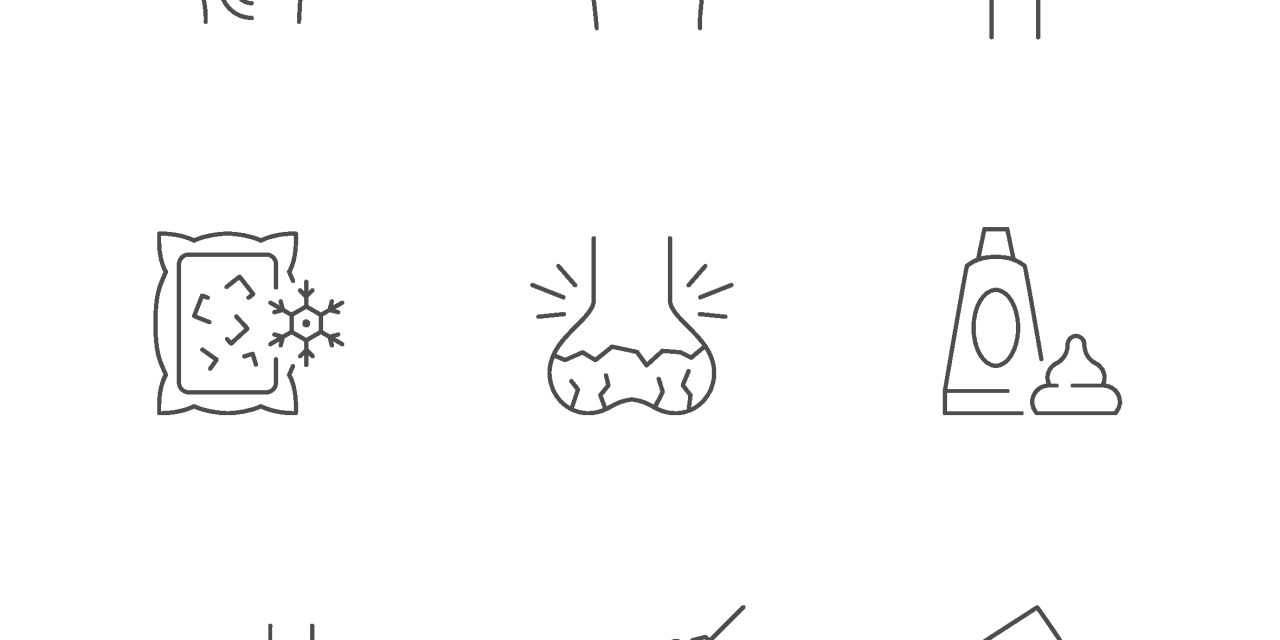The purpose of this study was to compare the mid-term clinical outcomes between screw internal fixation and Ilizarov external fixation in patients who underwent ankle arthrodesis and to elucidate the differences between the 2 fixation methods. This study investigated 43 ankles in 41 patients who underwent ankle arthrodesis at 1 of the 2 study institutions. There were 15 men and 26 women, and their mean age was 66.2 (range 49 to 87) years. The primary disease included osteoarthritis (OA) (79%), rheumatoid arthritis (RA) (16.3%), and Charcot joint (4.7%). Patients were divided into 2 groups depending on the surgical approach: the screw group (S) and the Ilizarov group (I). The following items were evaluated and compared between the 2 groups: patient characteristics, Tanaka-Takakura classification based on preoperative plain X-ray images, duration of surgery, blood loss, surgical complications, time to start weightbearing, and the Japanese Society of Surgery of the Foot (JSSF) standard rating system for the ankle-hindfoot. Duration of surgery was significantly shorter in the S group (162.3 versus 194.9 min), and the amount of blood loss was also significantly lower in the S group (29.2 versus 97.5 ml). Preoperative JSSF scale was significantly lower in the I group (44.8 versus 33), but postoperative JSSF scale was not significantly different between the 2 groups (82.1 versus 77.9). The S group had satisfactory clinical outcomes with a shorter duration of surgery and smaller amount of blood loss than the I group. However, severe patients in the I group achieved similar treatment outcomes.Copyright © 2019 the American College of Foot and Ankle Surgeons. Published by Elsevier Inc. All rights reserved.
Screw Internal Fixation and Ilizarov External Fixation: A Comparison of Outcomes in Ankle Arthrodesis.


